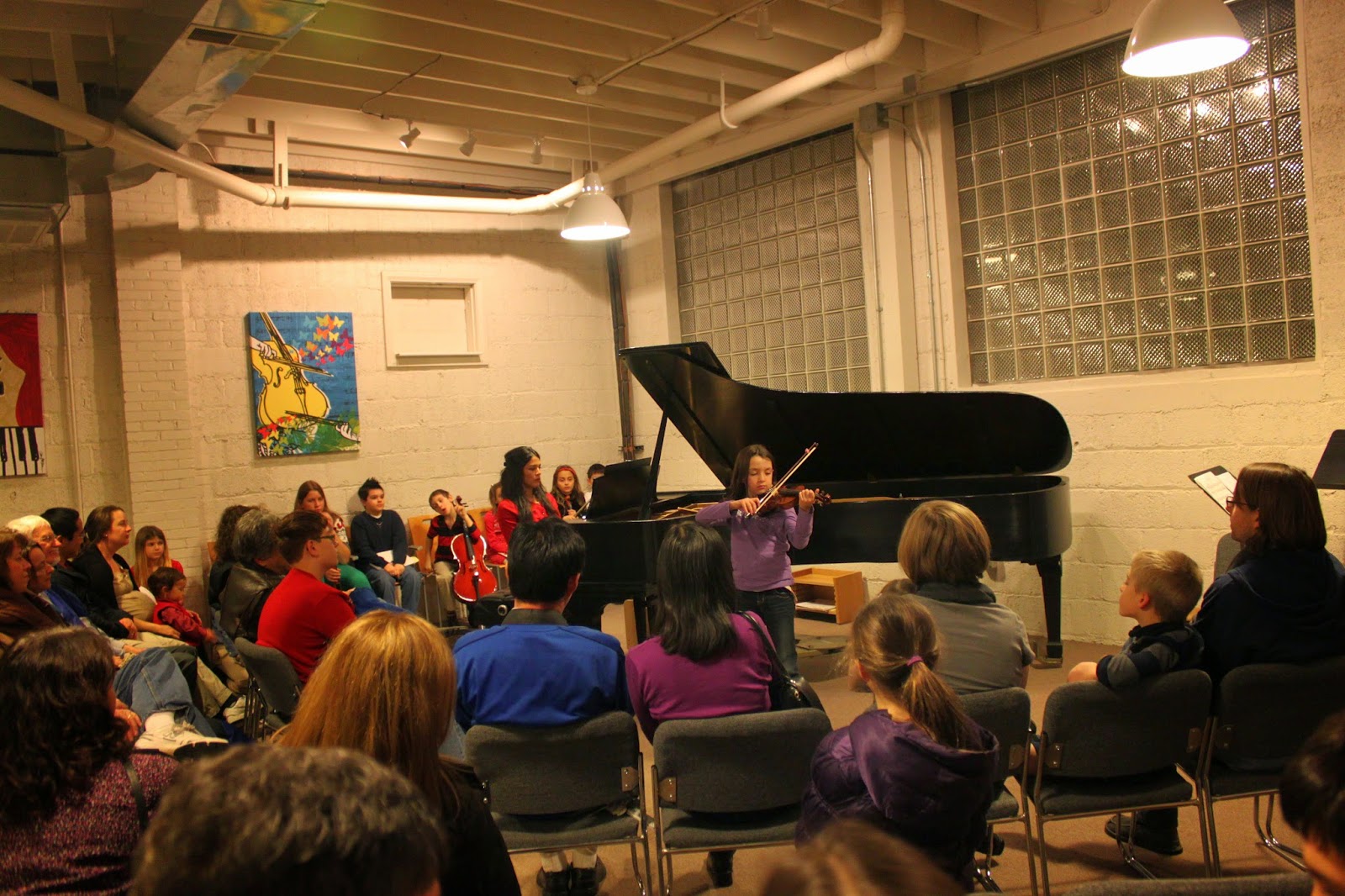“Did you say music therapy??
What is that?” This is a question I hear on a regular basis. The answer can be
as simple as using music in therapy. But what exactly does that mean?
The official definition of music therapy is, “the clinical
and evidence-based use of music interventions to accomplish individualized
goals within a therapeutic relationship by a credentialed professional who has
completed an approved music therapy program.” (musictherapy.org)
Music therapy interventions can be designed to:
- Promote
Wellness
- Manage
Stress
- Alleviate
Pain
- Express
Feelings
- Enhance
Memory
- Improve
Communication
- Promote
Physical Rehabilitation
Ok so that’s great but this definition still leaves you to
wonder…what is music therapy? What do you do?
Music therapy can be difficult to definite because it
encompasses so much. Music therapists work with a variety of individuals. I
have worked in nursing homes, hospice facilities, preschools, high schools and
rehabilitation programs. Music
therapists also work in hospitals, correctional facilities, special education
programs, halfway homes, wellness groups…the list can go on.
To gain a better understanding of music therapy I’m going to
focus on music therapy for children with different disabilities. There are many
similarities between this focus of music therapy and the teachings of Suzuki
and CYM.
As you probably well know it is not just about learning an
instrument here at CYM. There is so much an individual gains from active
participation in music and learning an instrument. Mr. Ryan shared a quote with you all in his
article “Points for Parents” that truly resonates with what music therapy is
all about. The quote comes from the man
himself, Dr. Suzuki:
"Teaching
music is not my main purpose. I want to make good citizens, noble
human beings. If a child hears fine music from the day of his birth,
and learns to play it himself, he develops sensitivity, discipline and
endurance. He gets a beautiful heart."
When I first read this quote it struck a special chord with me (pun intended!). I knew
that I was working for a center that understood the “back stage” of learning an
instrument.
This “back
stage” includes developing the following abilities: to listen, observe,
concentrate, perform, and persevere. Above all this back stage includes
developing abilities of the heart: the self-expression and creativity that goes
into music. (Jeanne Luedke Parent
Education Newsletter)
Music therapy makes it
possible for everyone to work on these abilities. The traditional music
lesson is not suitable for every child. This is where music therapy comes into
play. A music therapist is able to meet the needs of the individual by adapting
music experiences. These music experiences are varied and involve the children
in creating music.
Music experiences may involve:
·
Moving to music
·
Playing different instruments
·
Singing
·
Playing as a part of an ensemble
·
Writing Songs/ Creating musical stories
Utilizing music in this way creates
the opportunity for these children to discover, search, relate, explore and
learn. Music therapy is different for
each person because everyone is unique. How each of us responds to and relates
to music is different. Music therapy takes the time to respect and recognize
these differences to help children in reaching their full potential, to
continuously develop and grow in their abilities.
Music therapy doesn’t look like a
music lesson, but there is one similarity for sure. Music is being created.
-Ms. Kate Schneider, MT-BC and Early Childhood Music at CYM









